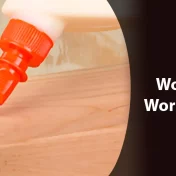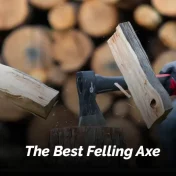When strolling down the aisle of your local hardware store, you’re likely to encounter a common sight in the woodworking section: shelves lined with various brands of wood glue, predominantly featuring polyvinyl acetate (PVA) glues.
These adhesives have become a staple in both amateur and professional woodworking, prized for their strength and versatility.
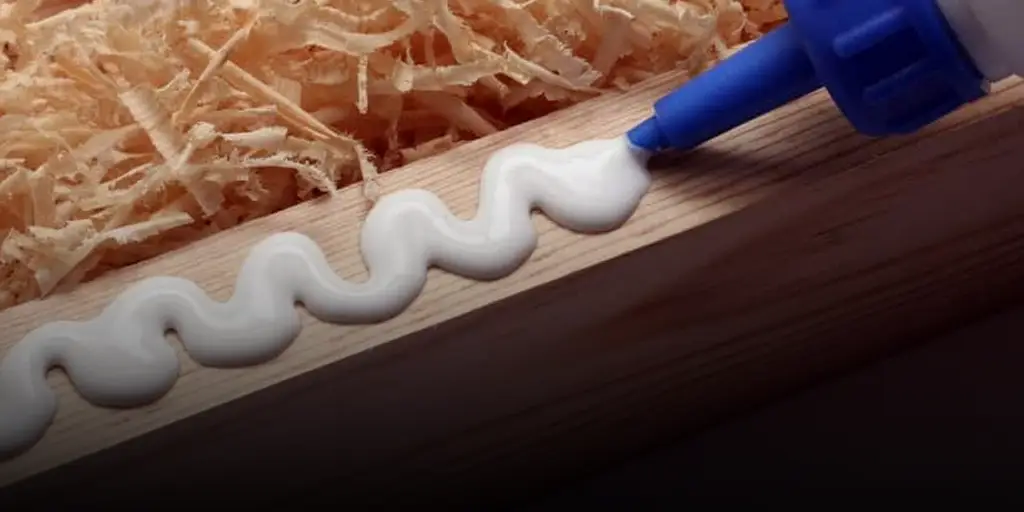
PVA wood glue, a water-soluble and non-toxic adhesive, has a rich history dating back over a century.
Its primary use is to bond wooden materials effectively, ranging from solid wood to engineered wood products like plywood, chipboard, and medium-density fiberboard (MDF).
In this article, we delve deep into the fascinating world of PVA wood glue, exploring its composition, strengths, ideal applications, and how it compares to other types of adhesives.
Whether you are a seasoned woodworker or a DIY enthusiast, understanding the capabilities and limitations of PVA wood glue is essential for achieving the best results in your projects.
Knowing the Varieties and Composition
Polyvinyl acetate, the key ingredient in PVA wood glues, is a rubbery synthetic polymer that forms a durable bond as it dries.
This adhesive is known for its excellent adhesion properties, especially when bonding porous materials like wood.
As it dries, PVA glue undergoes a chemical process, transforming from a liquid to a solid state, creating a bond that is often stronger than the wood itself.
Varieties of PVA Wood Glue:
- Carpenter’s Glue: Typically yellowish, this variant is designed for outdoor use and exhibits enhanced water resistance.
- White PVA Glue: Commonly used for indoor applications, offering a strong bond suitable for most interior woodworking projects.
- Water-Resistant and Waterproof Formulas: These specialized glues are ideal for projects exposed to moisture and varying weather conditions.
The choice between these varieties depends on the specific requirements of your woodworking project, such as exposure to elements, the need for water resistance, and the type of wood being used.
Assessing the Strength of PVA Wood Glue
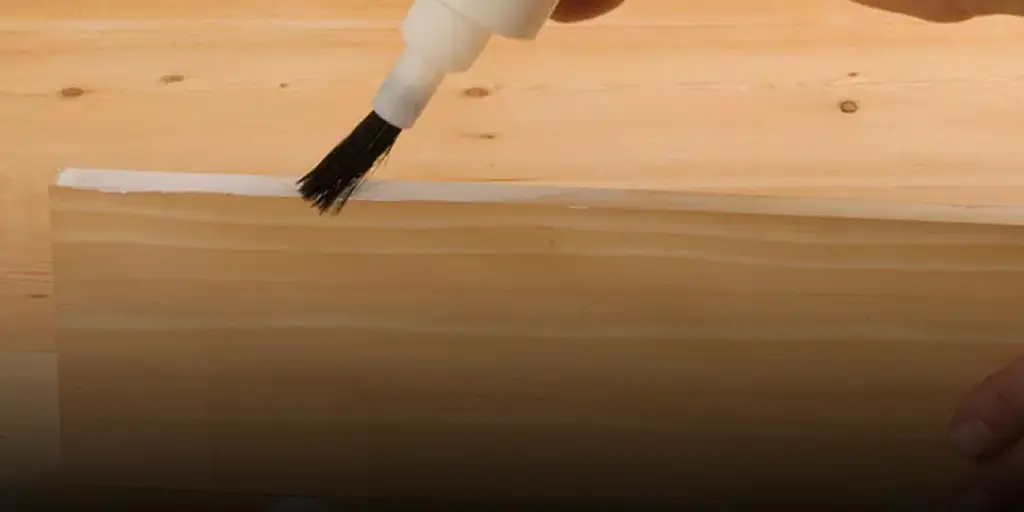
One of the most remarkable characteristics of PVA wood glue is its strength. The bonding strength of these adhesives can be quantified in terms of pounds per square inch (psi).
On average, PVA wood glues exhibit a strength ranging from 3,600 to 4,000 psi. This means that they can withstand pressures between these values before failing, which is often higher than the breaking point of the wood itself.
Testing the Strength:
- Shear Test: Measures the glue’s ability to withstand forces parallel to the joint.
- Axial Test: Assesses the adhesive’s strength under direct pulling or pushing forces.
- Bending Test: Evaluates the glue’s resilience under bending forces, common in furniture and cabinetry.
In most instances, wood glued with PVA adhesive will break or fail in areas other than the glue joint, demonstrating the formidable strength of the bond it forms.
Applications in Woodworking
PVA wood glue is an integral part of various woodworking applications. It is extensively used in:
- Furniture Making: For joining pieces of wood where a strong, invisible joint is required.
- Cabinet Making: Ensuring durable bonds in high-use items like cabinets and drawers.
- Finish Carpentry: Useful in trim work and other detailed woodworking tasks.
Often, PVA wood glue is used alongside fasteners such as nails or screws. The fasteners hold the joint together while the glue cures, and after full curing, the strength of the glue takes over, providing a long-lasting bond.
Comparing with Other Adhesives
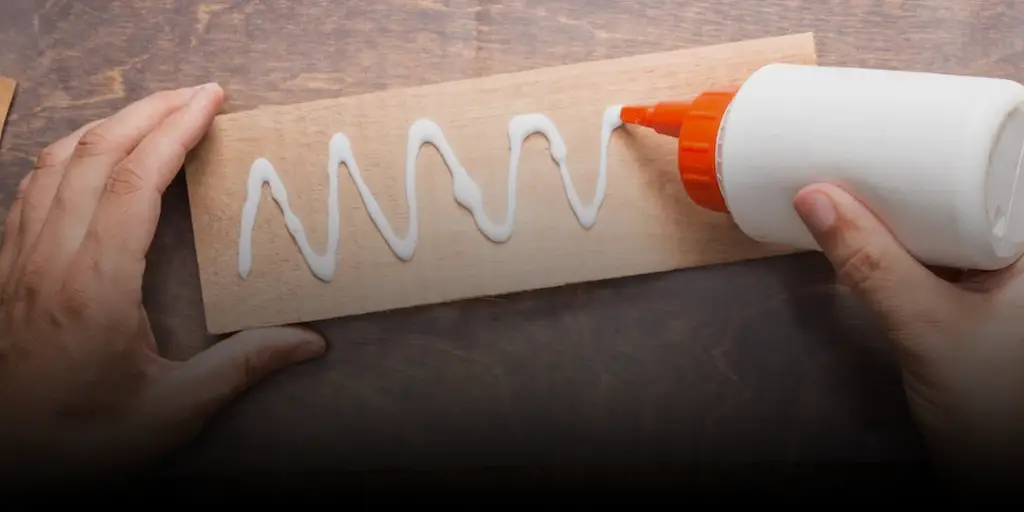
While PVA wood glues are popular for their strength and ease of use, other types of adhesives are also widely used in woodworking and have their unique properties and applications.
Polyurethane Glue:
- Versatility: Works on various materials including wood, metal, and ceramics.
- Strength: Similar to PVA in terms of psi, offering strong bonds.
- Moisture Activation: Unlike PVA, it requires moisture to cure and can expand to fill gaps.
Two-Part Epoxies:
- Multi-Material Use: Suitable for a variety of materials beyond wood.
- Strength Range: Offers a bond strength ranging from 2,000 to 4,000 psi.
- Waterproof Properties: Many epoxies are completely waterproof, unlike some PVA glues.
- Filling Capability: Acts as a filler for uneven surfaces, providing a strong bond.
Natural Protein Glues:
- Eco-Friendly: Made from natural, renewable sources like soy.
- Moderate Strength: Less strong than PVA or epoxies but sufficient for certain applications.
- Ideal for Bonded Wood Products: Commonly used in plywood and glulam manufacturing.
Each adhesive type has its specific scenarios where it excels, and choosing the right one depends on the project’s requirements, including the materials involved, environmental exposure, and desired bond strength.
People Who Want to Read This Article: Does Wood Glue Work on Painted Wood?
Practical Usage Tips
To achieve the best results with PVA wood glue, follow these practical tips:
- Surface Preparation: Ensure surfaces are clean and free of dust, grease, or oils. Some hardwoods may require sanding or a thinner to remove natural oils.
- Climate Considerations: PVA glues cure faster in low humidity and warm conditions. Heat can accelerate the curing process.
- Appropriate Clamping: Clamping the joint for the first 30 minutes to an hour helps in setting the glue. Full curing typically takes 18 to 24 hours.
- Glue Application: Apply glue sparingly; too much glue can weaken the joint and increase curing time.
- Ventilation: Ensure good ventilation, especially when using glues with strong fumes like epoxies.
Following these guidelines will help in achieving a strong, durable bond that lasts for years.
Environmental Considerations and Alternatives
The impact of adhesives on the environment is an important consideration.
While PVA glues are non-toxic and relatively environmentally friendly, there has been a growing interest in natural protein-based glues, especially those made from soy.
These alternatives offer a less toxic option and are made from renewable resources, making them an eco-friendlier choice for certain applications.
Frequently Asked Questions
How long does PVA wood glue take to dry?
PVA wood glue typically requires 30 minutes to an hour for initial setting. For complete curing, it usually takes between 18 to 24 hours, depending on the environmental conditions and the specific product used.
Can PVA wood glue be used outdoors?
Yes, but it’s essential to use a variant specifically designed for outdoor use, often referred to as carpenter’s glue or exterior wood glue. These types are formulated to withstand environmental elements and moisture.
Is PVA wood glue stronger than the wood itself?
In many cases, yes. PVA wood glue can create bonds that are stronger than the wood, meaning the wood is likely to break in another place before the glued joint does.
Can I paint over a surface glued with PVA wood glue?
Yes, once fully cured, PVA wood glue can be sanded and painted over, making it ideal for finish carpentry and furniture making.
Are there any health risks associated with using PVA wood glue?
PVA wood glue is generally non-toxic and safe for use in typical woodworking projects. However, it’s always advisable to work in a well-ventilated area and wear protective gear if you have sensitivities.
Conclusion
PVA wood glue stands as a testament to human ingenuity in the world of adhesives, offering remarkable strength, versatility, and ease of use for various woodworking projects.
Whether you’re building furniture, crafting cabinets, or engaging in detailed finish work, understanding the properties, applications, and tips for using PVA wood glue can significantly enhance the quality and durability of your creations.
With eco-friendly alternatives on the rise and continuous advancements in adhesive technology, the role of PVA wood glue in woodworking continues to evolve, promising even more effective and sustainable solutions in the future.
Embrace the strength of PVA wood glue in your woodworking endeavors and experience the robust, lasting bonds it forms, ensuring that your projects stand the test of time.
